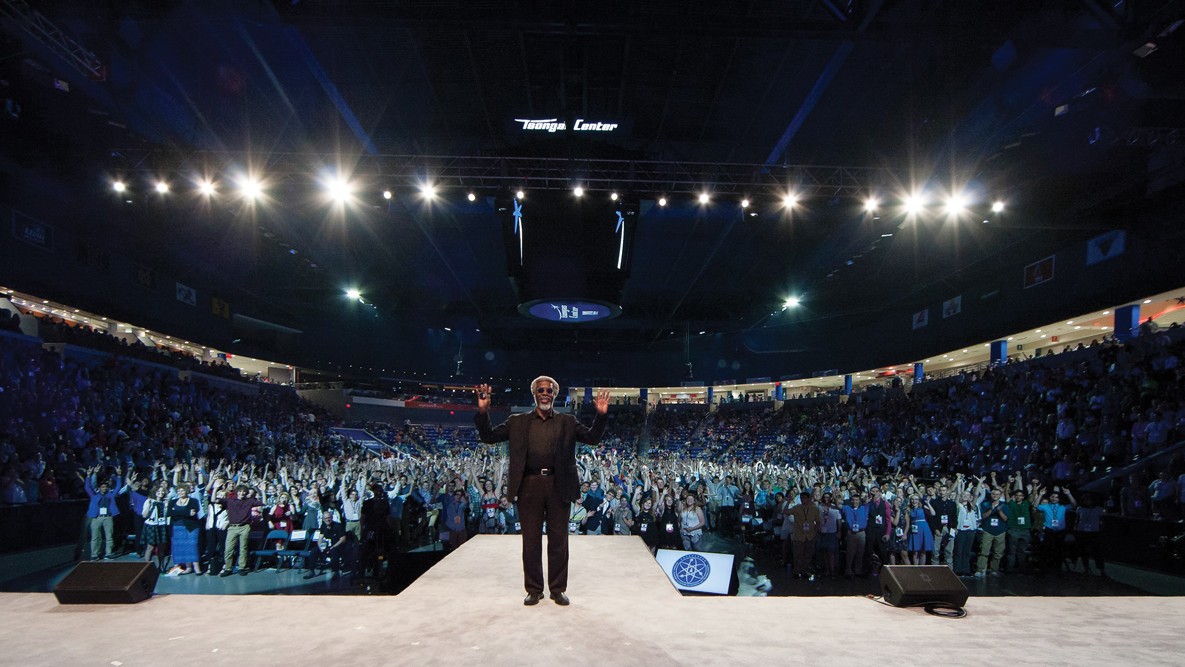From Stratton Center Basement to National Medal of Science
-
-
slice.mit.edu
Filed Under
Recommended

Theoretical physicist Jim Gates ’73, PhD ’77 says he works “along the boundary between math and physics, trying to use ‘magical’ mathematics to tell accurate stories about how nature works.” His research, a pioneering contribution to the idea of supersymmetry in particle physics, has affected particle, field, and string theories and earned him the National Medal of Science, among numerous other honors.
Like many alumni, he has strong MIT memories of where his ideas began to take shape.
“The Stratton Student Center used to have a bowling alley in the basement, and that’s where my idealized struggles and challenges all took place,” recalls Gates, a member of the Black Students’ Union bowling team that won the Institute intramural championship in 1976–’77.
That same year Gates submitted MIT’s first thesis addressing supersymmetry, a line of theoretical reasoning that predicts a partner particle for each particle in the Standard Model. He expanded his work during postdoctoral fellowships at Harvard University and Caltech, coauthored the first comprehensive text on the subject, and today continues his research as a University Regents Professor of Physics at the University of Maryland.
“I learned to bowl as I was learning calculus and getting a deeper understanding of physics, and it all connected,” explains Gates, who earned his MIT degrees in mathematics and physics. “I began to understand angular momentum as studied in 8.01 (Classical Mechanics), but I also saw that when you perform at a high level in an athletic endeavor, you use your mind in ways you’re not usually aware are possible—you find out what apps you’ve got running between your ears.”
Cultivating insight through varied paths is a focus of Gates’s work, and that pursuit has also led him to prominent advocacy for STEM education and diversity in the scientific community. He has served since 2009 on the U.S. President’s Council of Advisors on Science and Technology, and his thoughtful commentaries in scientific journals have been widely read and cited. He’s also appeared as himself in television commercials for technology products.
Asked about favorite recreational activities, Gates says, “I do physics, policy, and teaching for enjoyment. My professional life is my avocation, and it’s more fun than the law should allow.” He and his wife of 32 years, Dianna Abney ’83, a physician, have twins—a daughter and son who are in grad school studying physics and biology, respectively. “They are the central joy of my life,” Gates says.
This article originally appeared in the November/December 2016 issue of MIT Technology Review magazine.







